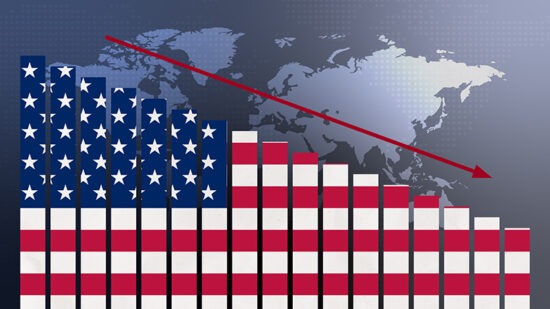The first quarter of 2016 was a rollercoaster for investors. Many of the assumptions with which the new year was welcomed were quickly turned upside down, and many investors were caught out.
These conditions were hardly conducive for decisive investing. The analysis of the monthly flows reveals the initial reaction was one of broad paralysis in January.
This was followed by a reassessment of the situation and a move away from falling equity markets into safe havens, primarily gold, in February.
Moving on to March, although equity markets had started to bounce back from the lows, investors expressed a strong preference for fixed-income exposures, with close to €5.7bn of net new money placed in bond ETFs during the month.
Asset class survey
By the end of the first quarter the European ETF industry had attracted €9.94bn (£7.9 bn) of net new money, following on from the record-high achieved in 2015 when investors placed €71.9bn in these investment vehicles.
However, despite the positive quarterly flows, overall assets under management in European ETFs at the end of the period amounted to €462.8bn, down by 1.4% compared with the previous quarter. This slight decline can be largely attributed to capital losses on equity market holdings.
Investors pulled out €3.7bn from equity ETFs in the first quarter of 2016. Europe-wide, Japan and financial services were particularly out-of-favour, with investors identifying these equity market exposures as bound to suffer most from increased downside risks to the global economic outlook.
In contrast, the increase in volatility proved fertile terrain for minimum volatility strategic beta ETFs. Interestingly, despite the uncertainty surrounding the UK’s EU referendum, UK equity ETFs also did well. However, the preponderance of currency hedged products indicated that retaining broad faith on the UK’s prospects is not at odds with having a negative view on sterling.
Fixed income attraction
Fixed income ETFs have attracted close to €8bn in net new money in the first quarter of 2016. This was the second-highest quarterly outturn for the asset class, only surpassed by the €11.8bn recorded in the first quarter of 2015.
The single common factor shaping investment flows in these two periods has been central bank activism. The beginning of 2015 saw the introduction of quantitative easing by the European Central Bank (ECB). Just over a year later in March 2016, the ECB announced the programme’s extension both in quantitative and qualitative terms.
The inclusion of eurozone non-bank investment-grade corporate debt in the ECB’s programme of asset purchases has only come to provide further fuel to the ‘search for yield’ investment theme.
Meeting expectations
The substantial jump in flows into fixed-income ETFs in March has been mostly concentrated in corporate debt exposures, both investment grade and high yield, on the expectation that ECB’s support, although targeted, would nonetheless trickle down across the whole market.
Exchange-traded commodities (ETCs) and ETFs netted in €4.72bn over the quarter. One has to go back to the third quarter of 2012 to see an outcome of similar magnitude.








